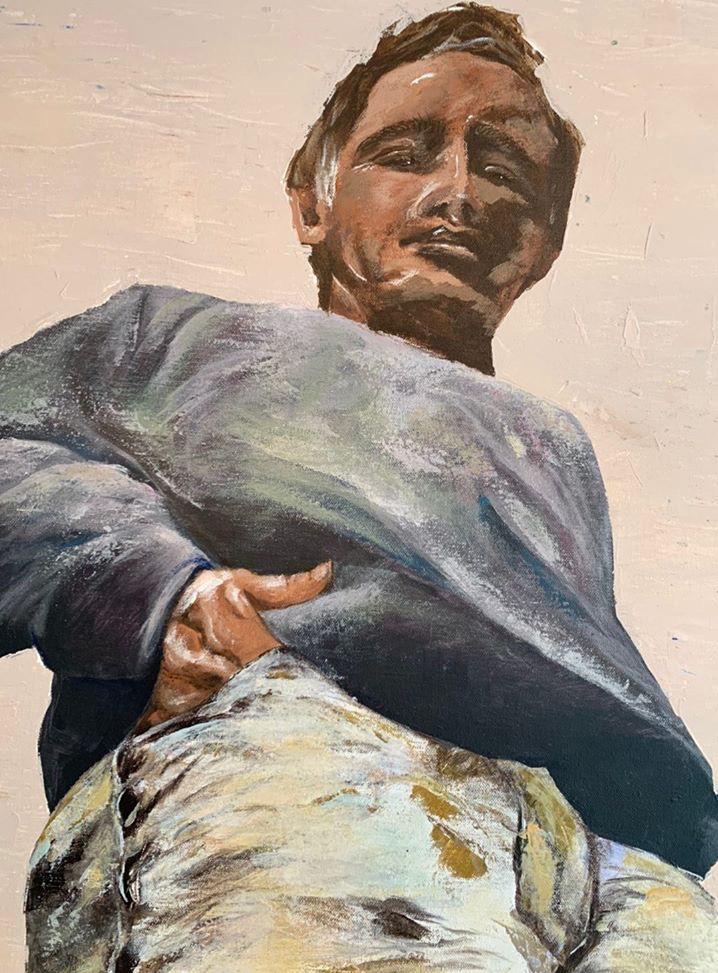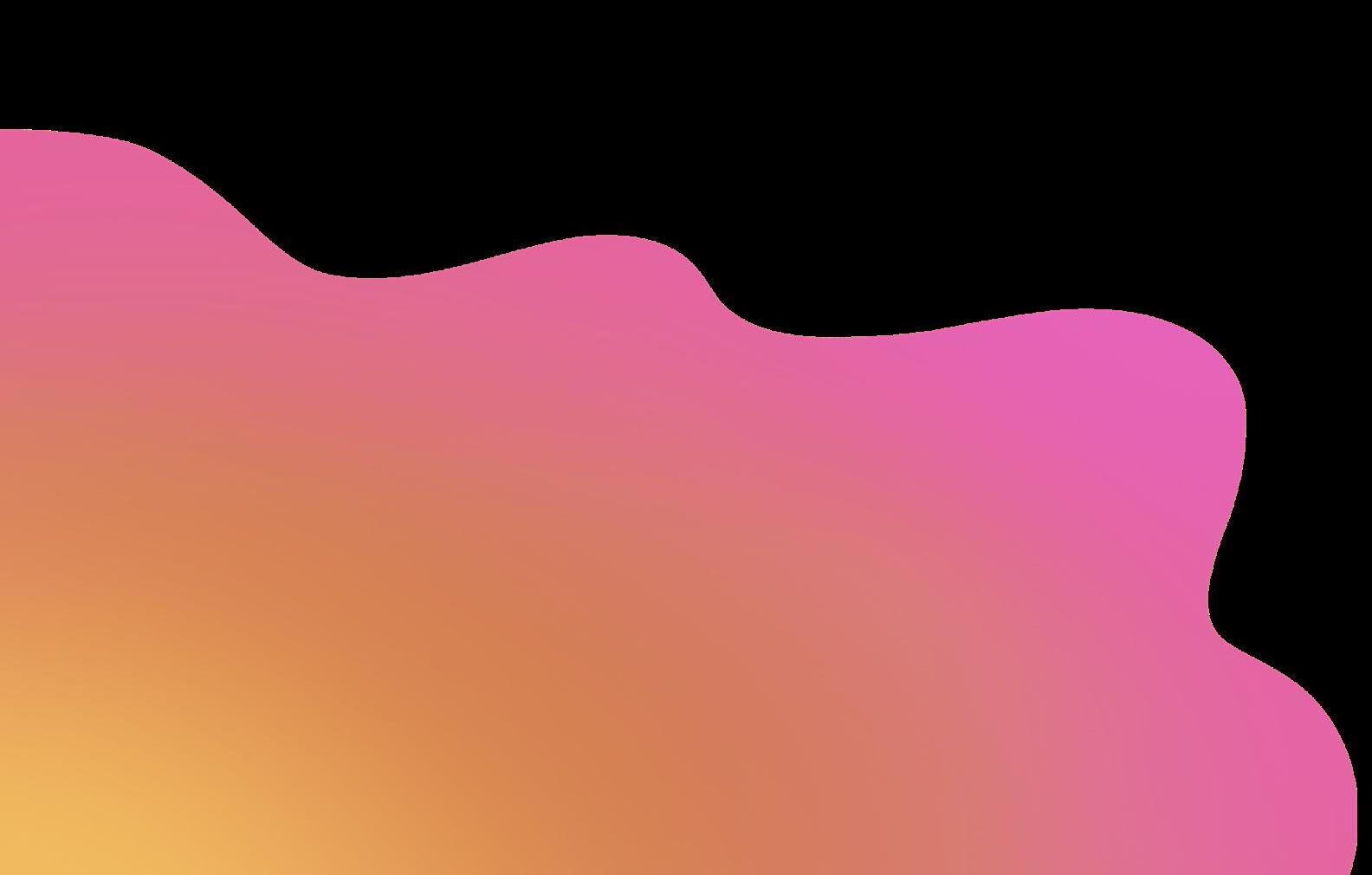
4 minute read
The Instagram algorithm: friend or foe?
Maya Kornyeyeva
A blank canvas.
Advertisement
As the brush touches its surface, the world fades away. Images flow from the artist’s mind and into their hand, and in seemingly no time, they realize the work is finished.
Soon it will be up on Instagram. However, there is still the question of how many people will actually see it.
The uncertainty that comes from posting online is typical for Instagram artists. Whether they are successful or just getting comfortable with the algorithm, there are many different aspects to consider when it comes to posting artwork online.
Each artist wants to reach a large audience and have their work shared, reposted, liked, and saved. Despite the efforts made to achieve this, a vast majority of these desires are out of their hands. Rather, the process of sharing art is dictated by the Instagram algorithm, a concept feared and despised by many.
Sood is a self-taught artist who started her account fairly recently. Since its inception, she has cleared the 1K follower mark and is steadily gaining popularity for her K-pop-inspired digital pieces.
“It was honestly sort of surprising how quickly you can become friends with other artists, especially the ones you idolize. It usually happens when you follow them and they immediately follow you back, and then you start sharing each other’s work on your stories,” Sood said.
According to Sood, reaching a big audience is more important to the algorithm than the likes a post receives.
“If I receive 200 likes for a post but reach an audience of 3,000 people, that’s much better than getting 400 likes but only reaching 550 people. Saving is also crucial, as it acts like a ‘super like’ that Instagram uses to create your explore page,” Sood said.
The explore page is based upon the content that the user interacts with. Using that information, the Instagram algorithm compiles a list of different posts that have the greatest likelihood of catching a user’s eye. Many artists also find inspiration on their explore page.
What goes into an artist’s feed or profile is a factor that requires plenty of consideration as well. One must often refine their work based upon what receives the most attention on their feed, as sophomore Jordan Dooley noted.
“The art on my account that gets the most notice is definitely



the ones that spark emotion. I have several colorful, more joyful paintings and also sad sketches, and both of these styles get a lot of recognition,” Dooley said.
“I also believe that my viewers want to be confused in a sense where they don’t really know what’s going on, but they like what they see. I think that they find art the most interesting when they can interpret it in any way they choose,” Dooley said.
Dooley has been in love with traditional and performing arts ever since she was a child. Although her Instagram account was started during the recent quarantine, she has been dancing and taking art classes for most of her life.
Instagram as a platform is also useful in ways other than to show and spread art. One student in particular uses their Instagram account to sell their pieces.
“I have a link in my Instagram bio that takes my followers to a website, where I upload pictures of my art so that they can be ordered as prints. On the site I use, all you have to do is add your art. You don’t have to worry about the shipping or anything because the site handles all of that and gives you 30% of the earnings,” said Eli Wallow, a senior.
In addition to prints, Instagram artists can earn money by doing commissions. For this to be profitable, however, an artist needs to have a considerable amount of interaction with their account.

Eli Wallow

“Commissions are basically when someone asks you to draw something specific for them. I love drawing for people, so it’s a fun way to make some money and improve my art skills at the same time,” Wallow said.
Wallow has had an Instagram art account for almost seven years and has gained a following of over 1,000 recently. Throughout this time, Wallow also received over a dozen commissions from people over Instagram.
“I gain followers in small rushes when I post fanart from communities that have a large following,” Wallow said. “As for my art style, I would say it is an amalgamation of a bunch of different styles that I really like. I’m pretty inspired by anime and Japanese animation in general, and I find digital art instantly gratifying.”
While Instagram can be both a scary and fulfilling place for artists, it is a platform that many benefit from. Whether it is to share art, gain a following, or sell pieces, artists depend on the Instagram algorithm to have their work seen by others.
“The simple truth is that we all are reliant on the algorithm. Even a single interaction with our work makes an incredible difference: posting online is definitely a big step up from drawing in your sketchbook,” Sood said.










